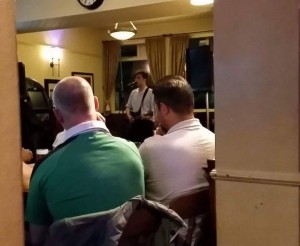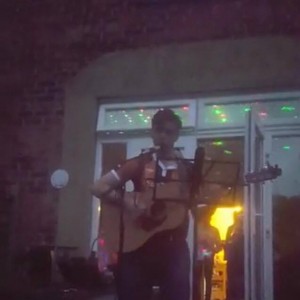For my video interview I was tasked with a minute long interview, put into groups of three or four we had to book a person of interest or a specialist in a field, for our artefact we chose the solo artist Amber Warren.
Booking an interview room out in the university with pre-planned questions we set up our room with a three point lighting rig, as outlined in (Nick Bamford: Directing Television). Equipment used included a Canon 70D with zoom lens, to give a narrow but appropriate filming composition, a TASCAM DR100 and DR60 setup for superior and omni-directional sound recording, to reduce noise and undesirable interruptions to recording. Opting to sacrifice the backlight for a coloured wall light made the production seem more light hearted and added colour to the scene, using a pink filter on our dedo lighting rig helped us to achieve this. Natural light began to interfere half way through our original take so we decided to use a collapsible multi-disc to block the window and therefore darken the room to allow artificial light to brighten up the scene.
Working with a team of four allowed us to set up the equipment very quickly and our interviewee arrived at the shoot without having to wait for setup as it was all ready and waiting early, this is crucial to the flow of the interview as it ensures that none of the subject’s time is wasted. Having a performer helped with the post-production as her performance was used to give the interview a soundtrack to help fill in long pauses or any points in the interview where low level external background noise may become a problem.
My graphics were made on Adobe after effects, post production and further boost the quality of my product, following the conventions of an interview and ensuring context is given in a short space of time, saving valuable editing seconds for the artefact. Having a subject who heavily fidgeted came as a problem when editing, as a static chair was used as a precautionary measure but didn’t stop the person from moving around, making the edit much more challenging.
Health and safety for this project was at a minimal risk as it was carried out inside and in a controlled environment, although possible risks that were highlighted included the temperature of the lighting rig and the cable trails/cramping and freedom of space. This was tackled pre-production as a risk assessment was carried out and suitable changes were made to the environment. Opting for only two crew members to be inside to free up more space and also helped the interviewee feel more comfortable, personal protection equipment in the form of gloves were used when handling the hot dedo rigs as outlined in our risk assessment.

